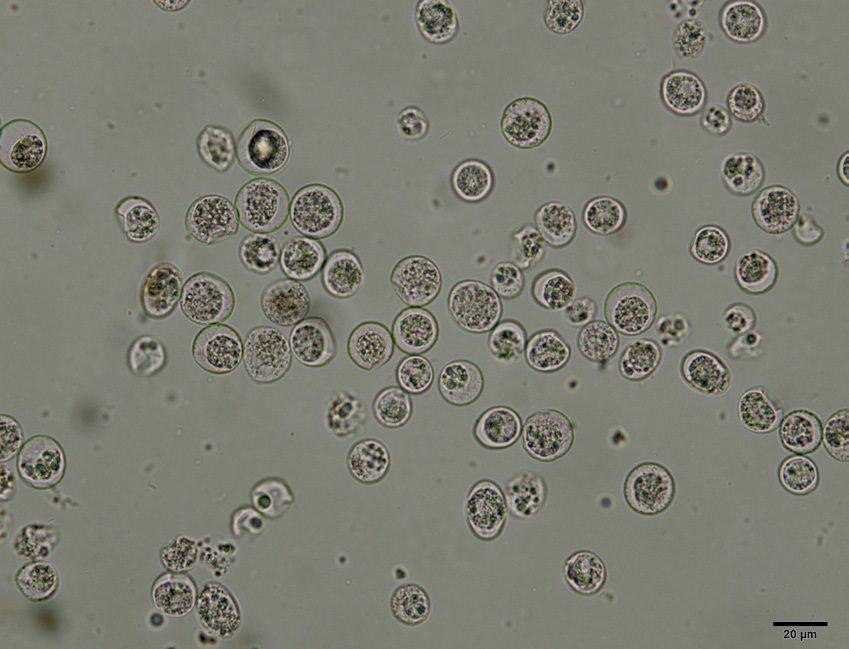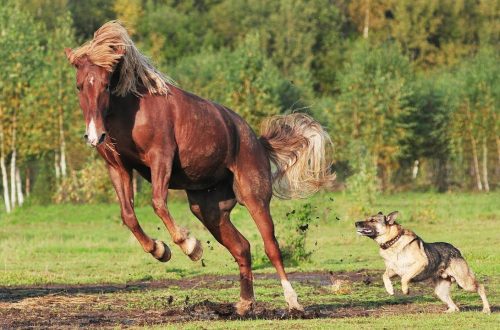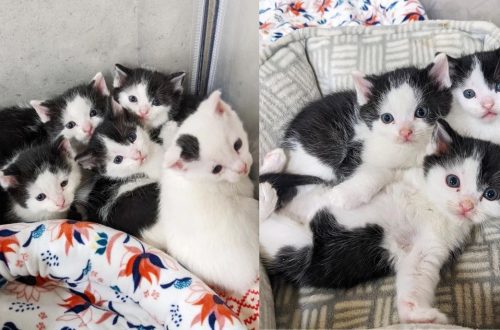
Parasites of parrots and other poultry

Among the birds kept at home or in an apartment, small and medium-sized parrots, finches and canaries are the most popular in our country, less often they contain large parrots, forest birds, and even less often – corvids and owls. Any bird can have parasitic diseases. Parasites are divided into obligate and non-obligate. The former do not survive without the participation of a bird, while the latter can harm other warm-blooded animals: cats, dogs, and even humans. Let us consider in more detail the common types of diseases caused by external and internal parasites of birds.
Contents
External parasites
Downy eaters
Down-eaters are a family of small wingless insects of the order Phthiraptera, outwardly resembling a louse, have a brown flattened and elongated body 1-3 mm long and 0,3 mm wide, paws with claws. They cause the disease mallophagosis. Infection occurs when an infected bird comes into contact with a healthy one, as well as through common objects for birds – perches, feeders, nests, bathing shoes and bathing sand. Downy eaters feed on down and feathers, particles of bird skin. Signs of infection include anxiety, itching, loss of appetite and weight, the appearance of bald areas on the body, crusts on the skin may appear, and the mucous membranes of the eyes often become inflamed. Reduced immunity to various diseases. The pen looks unhealthy, damaged, dull and has small holes on closer inspection. You can see moving insects and spherical clusters of their eggs at the base of the feather with a small magnification with a magnifying glass.
Knemidocoptosis
Scabies of ornamental birds caused by mites of the genus Knemidokoptes. Ticks gnaw through numerous passages under the skin and scales of their paws. The bird is nervous, itches and pulls out its feathers. The skin becomes inflamed, becomes bumpy. The scales on the paws rise, change color, coarsen, necrosis of the phalanges of the fingers may occur. The wax and the area around the eyes can increase, change color and texture, the beak is deformed. Infection of a healthy bird occurs through direct contact with an infected bird or with objects of common use, on which ticks can fall. For diagnosis, microscopy of scrapings is performed.
Syringophiliasis
Sternostomosis
The causative agent is the tracheal mite sternostoma tracheacolum 0,2-0,3 mm. wide and 0,4-0,6 mm. length. The tracheal mite infects the air sacs, lungs, bronchi, trachea, sometimes it can even be found in bone cavities.
It affects mainly small birds – finches, astrild, canaries, small parrots, mostly young, is transmitted by airborne droplets and through feed and water. The bird stops singing, puffs up, loses weight, makes frequent swallowing movements, sneezes and coughs, wheezing with an open beak. The mite causes inflammation, airway obstruction, damage and bruising in the upper respiratory tract leading to pneumonia and death of the bird. With a low degree of invasion, the disease is asymptomatic.
Fleas
Fleas in birds kept at home are quite rare. But, nevertheless, fleas (chicken, duck and pigeon flea) can be brought with a new pet, food from open markets, as well as on shoes or clothes. Bird fleas (Ceratophyllus gallinae) differ little from cat and dog fleas. Birds have pronounced itching, areas with red thickened skin appear, birds are restless, they can pluck feathers. In severe cases, anemia develops. Fleas are also dangerous because they are carriers of many infectious diseases and helminths.
internal parasites
Helminths
Both ornamental and productive birds are parasitized by such groups of helminths as cestodes (tapeworms), nematodes (roundworms) and filamentous worms. Infection can occur through intermediate hosts, blood-sucking insects, or through contaminated objects, water, food, treats. There is a higher risk of getting sick in birds that are on the street or on the balcony, as there is a greater chance of contact with wild birds.
- Helminths living in the gastrointestinal tract (cestodes Triuterina, Biporouterina, Railietina, nematodes Ascaridia, Ascarops, Capillaria, Heterakis, Ascarops): lethargy, unnatural posture, reduced or perverted appetite, bloated abdomen, deterioration in the quality of plumage, disheveledness, gastrointestinal disorders, mucus and blood in the litter.
- Helminths living in the liver (flukes of the Dicrocoeda family): enlarged liver, refusal to eat, emaciation, anemia.
- Specific parasites that affect the kidneys of parrots (flukes of the genus Paratanaisia) lead to the manifestation of symptoms of nephropathy in birds: lameness, polyuria (increase in the amount of water in the dung), lethargy, paresis or paralysis of one or both legs.
- Helminths living in the respiratory organs (Syngamus spp.): refusal to feed, lethargy, ruffled feathers, cough.
- Worms that develop in the eyes (nematodes Thelazia, Oxispirura, Ceratospira, Annulospira) may be visible to the “naked eye”, but more often the bird develops conjunctivitis, blepharitis, the skin of the eyelids turns red and inflamed, the bird is afraid of bright light, squints its eyes, around the eyes can fall out the feathers.
- Parasites living under the skin (Pelicitus spp.) lead to the appearance of noticeable soft bumps around the joints. To diagnose and establish the type of helminth, a study of feces is performed.
- With a small number of parasites, signs of helminthiasis in a parrot may be absent.
Giardiasis, histomanosis, coccidiosis, chlamydia, rickettsiosis
Diseases are caused by protozoa. The intestines, liver and other internal organs are affected. Symptoms include a change in color and texture of the stool, possibly containing blood and mucus. The bird looks lethargic, disheveled, may refuse to take food and water. There are manifestations from the respiratory system and eyes, the appearance of secretions, swelling, sneezing. An increase in body temperature is often recorded. Normally, it is 40-42 degrees in birds. The risk of death is high, especially in young animals, with untimely treatment. Death occurs from dehydration and disruption of the functioning of the internal organs of the bird. The diagnosis is made on the basis of stool microscopy, clinical signs, postmortem autopsy in case of death. Dangerous for humans are chlamydia, rickettsia and giardia.
Treatment of parasitic diseases
Specific treatment is aimed at destroying the parasite, which is why it is important to clarify the type of pest. Use drugs with caution. Following the recommendations of an ornithologist. Incorrect use or excess concentration of the active substance can kill the bird. For the treatment of ectoparasites, there are various solutions in the form of an emulsion, spray or powder. During processing, it is required to protect the eyes from getting the product, this can be done using a paper cap. For treatment, you can use a diluted Neostomozan preparation, and preparations based on fipronil, deltamethrin, ivermectin, moxidectin, aversectin ointment, taking precautions. First, it is recommended to check the reaction of the bird by applying the product to a small area of uXNUMXbuXNUMXbfeathers and skin, if everything is in order, then it can be treated as a whole, in order to avoid poisoning, the preparations are applied with a cotton pad, stick or brush under the feathers, on the skin. A safer drug is Beaphar spray and other permethrin-based drugs, for greater safety, the drug is applied with a soft brush under the feathers. repeat the procedure after a few days. To protect and treat poultry from helminths and protozoa, complex preparations based on praziquantel, fenbendazole, levomisole, and ivermectin are used. An ornithologist selects an individual dosage based on body weight and the type of parasites, and gives recommendations on the use of a particular drug. Most often, funds for cats and dogs are used in a certain dosage.
Prevention
It is impossible to create sterile conditions for ornamental birds to live, but it is advisable to follow preventive measures. It is necessary to carry out regular disinfection of cells with solutions and simply scald with boiling water. New birds must be quarantined in a separate cage away from the main one and preventive treatment from external and internal parasites should be carried out. Infection can occur from food, water, twigs and other treats, as well as other birds, including wild ones. You should also provide the bird with a spacious cage or aviary, regularly clean it, replace water in drinking bowls and bathing rooms with fresh water at least once every 1-2 days, and feed it with quality food.





